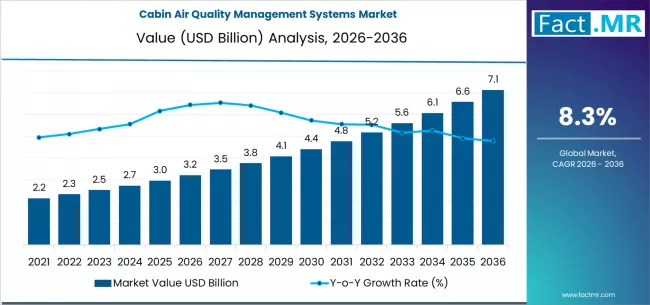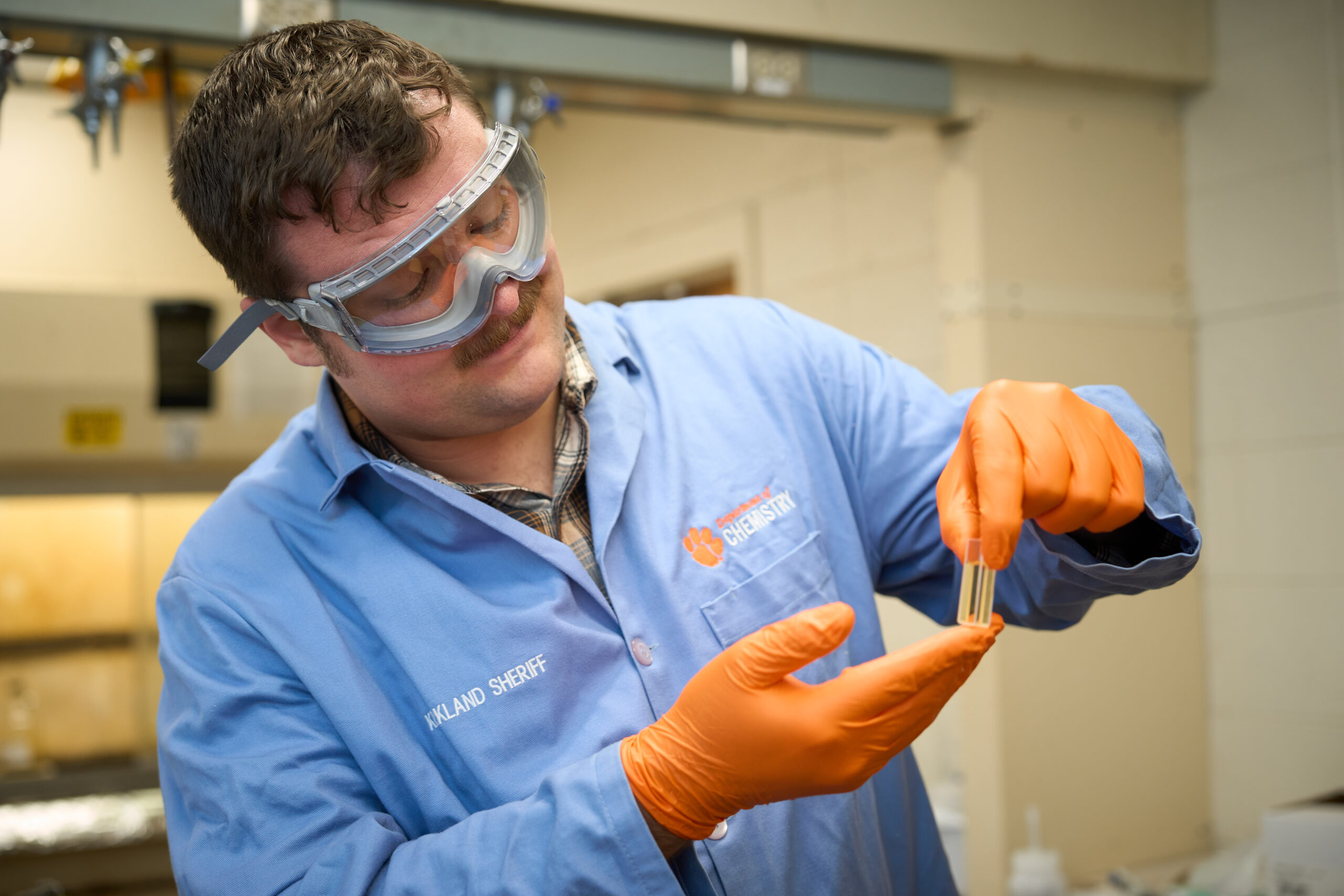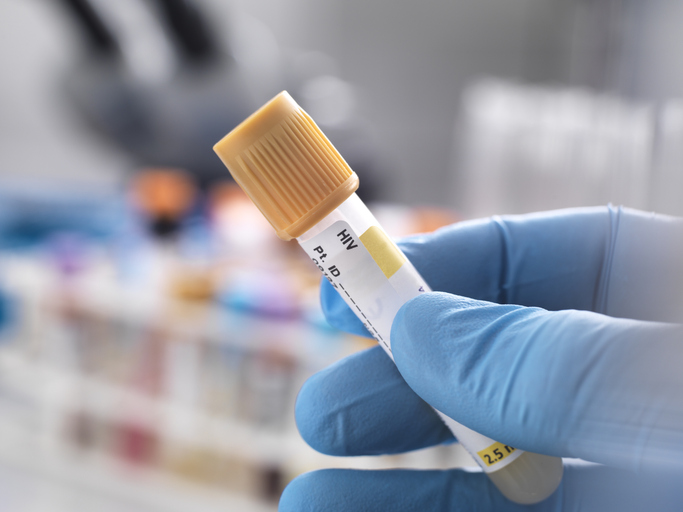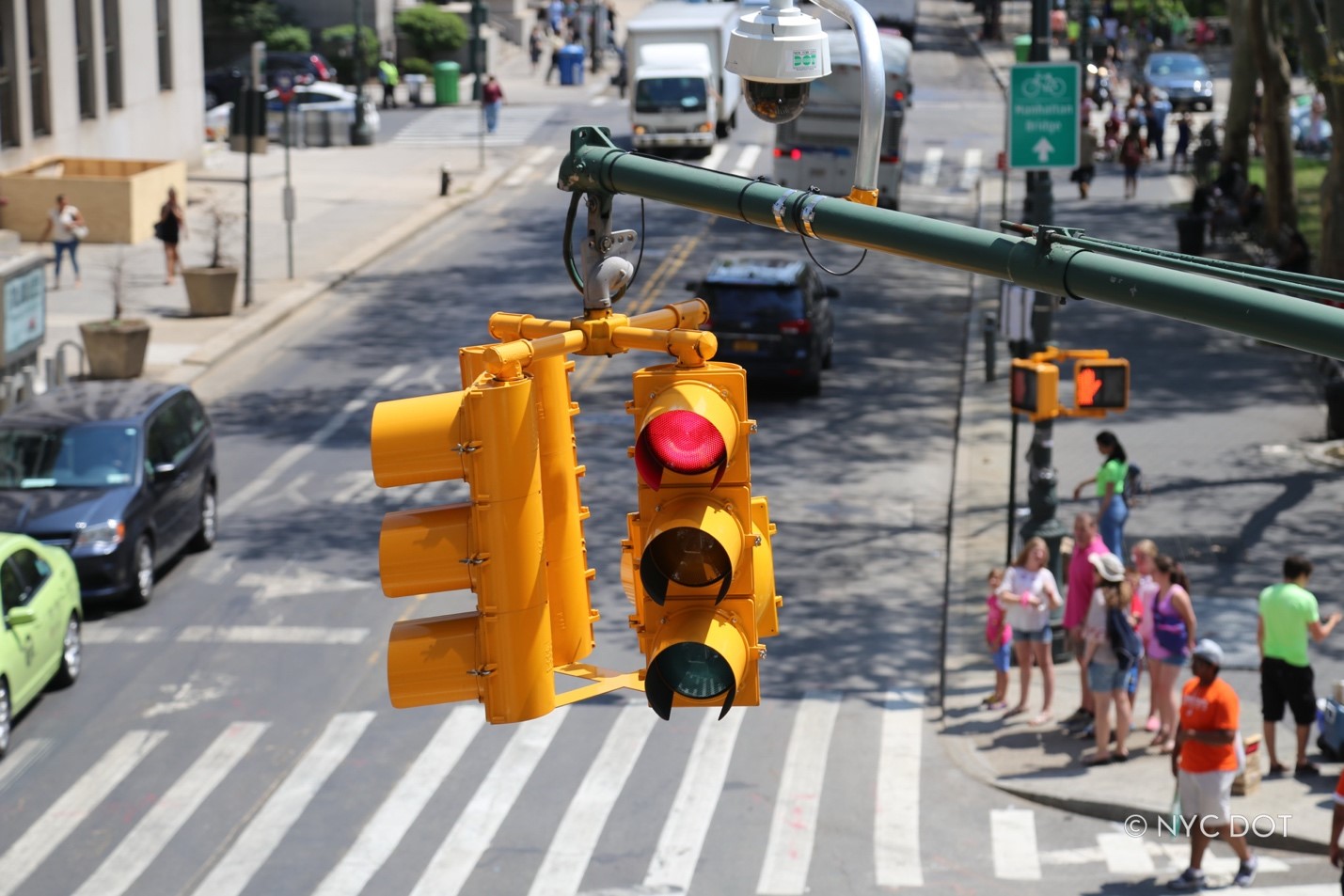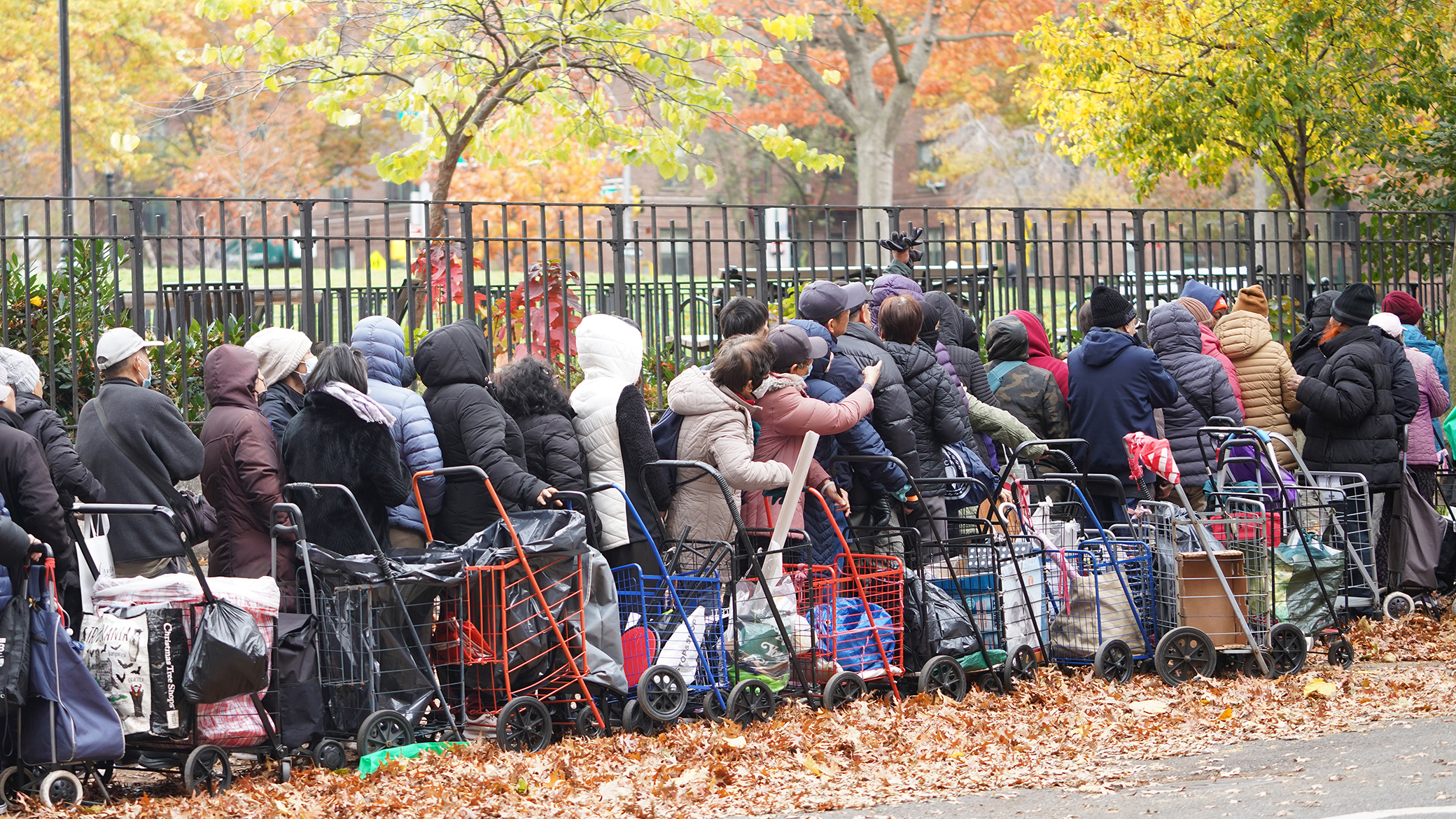Ensure inclusive and quality education for all and promote lifelong learning
The UN explains: "Obtaining a quality education underpins a range of fundamental development drivers. Major progress has been made towards increasing access to education at all levels, particularly for women and girls.
Basic literacy skills across the world have improved tremendously, yet bolder efforts are needed to achieve universal education goals for all. For example, the world has achieved equality in primary education between girls and boys, but few countries have achieved that target at all levels of education."
The charts and visuals below provide data on the major developments in global education in relation to the Sustainable Development Goal (SDG) targets.
Further information on education and learning can be found across a range of Our World in Data entries on the Global Rise of Education, Pre-Primary, Primary and Secondary, Tertiary, and Literacy.
The UN has defined 10 Targets and 11 Indicators for SDG 4. Targets specify the goals and Indicators represent the metrics by which the world aims to track whether these Targets are achieved. Below we quote the original text of all Targets and show the data on the agreed Indicators.
How is the world doing on this goal?
Target 4.1: Free primary and secondary education
UN definition: By 2030, ensure that all girls and boys complete free, equitable and quality primary and secondary education leading to relevant and effective learning outcomes.
Achieving proficiency in reading and mathematics
Definition: Indicator 4.1.1 is the proportion of children and young people (a) in grades 2/3; (b) at the end of primary; and (c) at the end of lower secondary achieving at least a minimum proficiency level in (i) reading and (ii) mathematics, by sex.
In the SDG Tracker this is shown as the share of students at each stage of education who reach at least the minimum reading and mathematics proficiency level.
Goal: By 2030 ensure that all girls and boys complete free, equitable and quality primary and secondary education leading to relevant and effective learning outcomes.
More research: Further data and research on primary and secondary education can be found at Our World in Data entries on Quality of Education, Global Rise of Education, Primary and Secondary Education, and Literacy.
Target 4.2: Equal access to quality pre-primary education
UN definition: By 2030, ensure that all girls and boys have access to quality early childhood development, care and pre-primary education so that they are ready for primary education.
Ensuring children are developmentally on track
Definition: Indicator 4.2.1 is the proportion of children under 5 years of age who are developmentally on track in health, learning and psychosocial well-being, by sex.
In the SDG Tracker this is shown as the proportion of 36-59 months who are developmentally on-track in at least three of the following four domains: literacy-numeracy, physical, socio-emotional and learning.
Goal: By 2030 ensure that all girls and boys are ready for primary education.
More research: Further data and research can be found at Our World in Data entry on Pre-Primary Education.
Participation in pre-primary education
Definition: Indicator 4.2.2 is the participation rate in organized learning (one year before the official primary entry age), by sex.
This is measured here as the net enrolment rate in pre-primary education, which is the number of children of the relevant age group enrolled in pre-primary as a percentage of the total population of that age group.
Goal: By 2030 ensure that all girls and boys have access to quality early childhood development, care and pre-primary education.
More research: Further data and research can be found at the Our World in Data entry on Pre-Primary Education.
Additional charts:
Number of children enrolled in pre-primary education
Gender gap at pre-primary education
School life expectancy at pre-primary education
School life expectancy at pre-primary education, boys vs. girls
Target 4.3: Equal access to affordable technical, vocational and higher education
UN definition: By 2030, ensure equal access for all women and men to affordable and quality technical, vocational and tertiary education, including university.
Equal access to further education
Definition: Indicator 4.3.1 is the participation rate of youth and adults in formal and non-formal education and training in the previous 12 months, by sex.
It is not clear how this is supposed to be tracked. Here we show the total enrollment in tertiary education, regardless of age, expressed as a percentage of the total population of the five-year age group following on from secondary school leaving. Data on non-formal further education and training is not available.
Goal: By 2030 ensure equal access for all women and men to affordable and quality technical, vocational and tertiary education.
There is no defined target level of further education participation rates per year for this indicator.
More research: Further data and research can be found at Our World in Data entry on Tertiary Education.
Additional charts:
Projections of population by education level
Target 4.4: Increase the number of people with relevant skills for financial success
UN definition: By 2030, substantially increase the number of youth and adults who have relevant skills, including technical and vocational skills, for employment, decent jobs and entrepreneurship.
Information and communications technology (ICT) skills
Definition: Indicator 4.4.1 is the Proportion of youth and adults with information and communications technology (ICT) skills, by type of skill.
There are a number of relevant ICT skills which could be measured for this indicator. Measured here is the share of youth and adults (aged 15-24 years old) with skills in creating electronic presentations with presentation software.
Goal: By 2030 substantially increase the number of youth and adults who have relevant skills, including technical and vocational skills, for employment, decent jobs and entrepreneurship.
More research: Further data and research can be found at the Our World in Data entry on Tertiary Education.
Target 4.5: Eliminate all discrimination in education
UN definition: By 2030, eliminate gender disparities in education and ensure equal access to all levels of education and vocational training for the vulnerable, including persons with disabilities, indigenous peoples and children in vulnerable situations.
Disparities in educational access
Definition: Indicator 4.5.1 is Parity indices (female/male, rural/urban, bottom/top wealth quintile and others such as disability status, indigenous peoples and conflict-affected, as data become available) for all education indicators.
This is measured as gender parity in school enrolment, school life expectancy, and completion rate. Data on parity for other indices is not available.
Goal: By 2030 eliminate gender disparities in education and ensure equal access to all levels of education and vocational training for all.
More research: Further data and research can be found at the Our World in Data entry on Educational Mobility & Inequality.
Additional charts:
Out-of-school children by world region
Target 4.6: Universal literacy and numeracy
UN definition: By 2030, ensure that all youth and a substantial proportion of adults, both men and women, achieve literacy and numeracy.
Universal literacy and numeracy
Definition: Indicator 4.6.1 is the proportion of population in a given age group achieving at least a fixed level of proficiency in functional (a) literacy and (b) numeracy skills, by sex.
This is measured as the literacy rate (the share of the population with at least functional literacy) for youth and adults, differentiated by sex. Such measures of 'literacy' typically also encompass basic arithmetic skills.
Goal: By 2030 ensure that all youth and a substantial proportion of adults, both men and women, achieve literacy and numeracy.
More research: Further data and research can be found at the Our World in Data entry on Literacy.
Additional charts:
Long-term change in global literacy
Literacy rates of younger vs. older generations
Target 4.7: Education for sustainable development and global citizenship
UN definition: By 2030, ensure that all learners acquire the knowledge and skills needed to promote sustainable development, including, among others, through education for sustainable development and sustainable lifestyles, human rights, gender equality, promotion of a culture of peace and non-violence, global citizenship and appreciation of cultural diversity and of culture’s contribution to sustainable development.
Education on sustainable development and global citizenship
Definition: Indicator 4.7.1 is the extent to which (i) global citizenship education and (ii) education for sustainable development, including gender equality and human rights, are mainstreamed at all levels in (a) national education policies; (b) curricula; (c) teacher education; and (d) student assessment.
Goal: By 2030 ensure that all learners acquire the knowledge and skills needed to promote sustainable development.
Target 4.A: Build and upgrade inclusive and safe schools
UN definition: Build and upgrade education facilities that are child, disability and gender sensitive and provide safe, non-violent, inclusive and effective learning environments for all.
Inclusive and safe schools
Definition: Indicator 4.A.1 is the proportion of schools with access to (a) electricity; (b) the Internet for pedagogical purposes; (c) computers for pedagogical purposes; (d) adapted infrastructure and materials for students with disabilities; (e) basic drinking water; (f) single-sex basic sanitation facilities; and (g) basic handwashing facilities (as per the WASH indicator definitions).
Goal: The target is to ensure all children have access to a safe, inclusive and effective learning environment by 2030.
Target 4.B: Expand higher education scholarships for developing countries
UN definition: By 2020, substantially expand globally the number of scholarships available to developing countries, in particular least developed countries, small island developing States and African countries, for enrolment in higher education, including vocational training and information and communications technology, technical, engineering and scientific programmes, in developed countries and other developing countries.
Scholarships for developing countries
Definition: Indicator 4.B.1 is the volume of official development assistance flows for scholarships.
This indicator measures the levels of financial support and development assistance provided for education and training scholarships.
Goal: By 2020 substantially expand globally the number of scholarships available to developing countries.
Unlike most SDG targets which are set to be achieved by 2030, this indicator has a target year of 2020.
More research: Further data and research can be found at Our World in Data entry on Financing Education.
Target 4.C: Increase the supply of qualified teachers in developing countries
UN definition: By 2030, substantially increase the supply of qualified teachers, including through international cooperation for teacher training in developing countries, especially least developed countries and small island developing States.
Supply of qualified teachers
Definition: Indicator 4.C.1 is the proportion of teachers in (a) pre-primary; (b) primary; (c) lower secondary; and (d) upper secondary education who have received at least the minimum organized teacher training (e.g. pedagogical training) pre-service or in-service required for teaching at the relevant level in a given country.
This is measured as the share of pre-primary, primary, lower secondary and upper secondary teachers who are qualified (meaning they have achieved at least the minimum qualifications to teach at a given level).
Goal: By 2030 substantially increase the supply of qualified teachers.
More research: Further data and research can be found at Our World in Data entry on Teachers and Professors.
Additional charts:
Pupil-teacher ratio in primary education
Number of teachers across education levels
